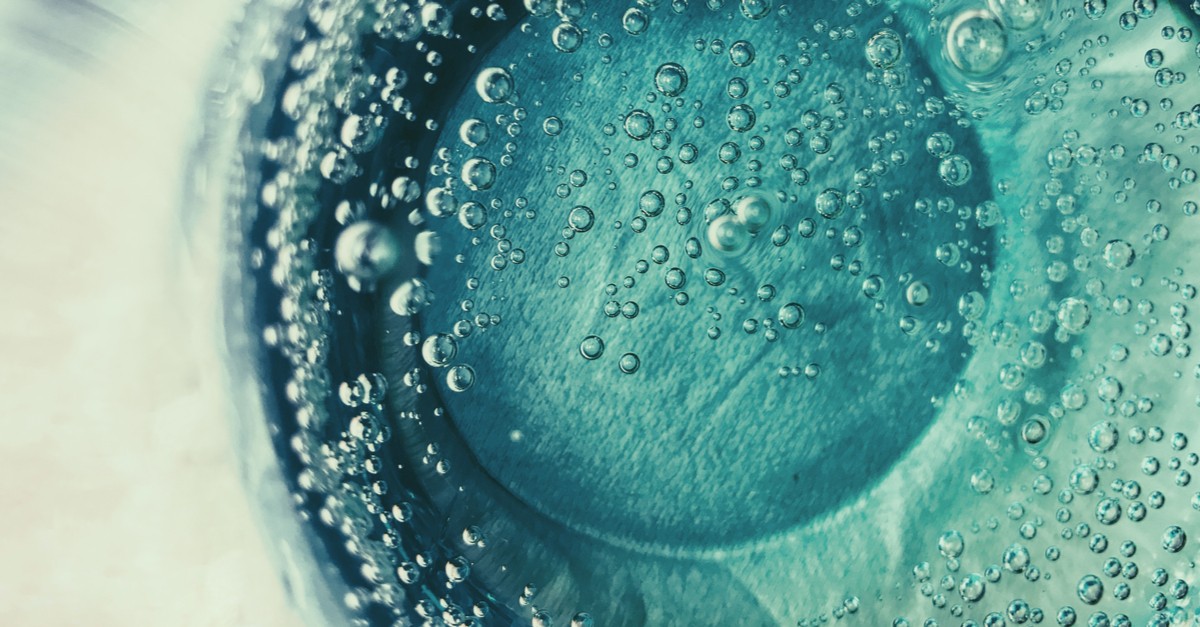The Struggle
In cooking we strive for refinement and perfection. We look for ways to change common foods to give a familiar flavor a new experience. We change the texture of foods, like turning mushrooms into noodles. We change the color of foods to trick the mind. Don’t believe me? Try dying a mango coulis red, and do a blind taste test. Just wait for the responses you get when you ask people what the flavor is. We even sometimes change the food entirely just to place it back in its original form. For instance look to Ferran and Albert Adria’s famous dish “A bowl of peas”. The peas were turned into an amazing pea soup the spherified back into the shape of peas and served as a simple bowl until you taste it. It’s these moments that we strive for, and everyone is looking for the next thing that will blow people’s minds.
When coming up with new theories and concepts, our minds tend to disregard science. And in our minds eye we make the impossible, possible. Clarity in foods tends to be a big issue, we can see things in our mind as clear or transparent. We can even taste it and feel the texture as we devise these dishes. Then comes the testing of the theory, and that’s where we find out the bad news. Making foods clear or transparent can be very difficult if not impossible. So the question of the day is
“What methods can I use to help with clarity?”
Light Refraction My Boy!
Let’s start with a method that will never be clear or transparent and that’s emulsions. I have been asked if there is a way to make a transparent mayonnaise. The answer is and will always be, no. Here’s the reason; emulsions such as mayonnaise are made of 2 liquids that dislike each other. When you mix these two liquids the oil will be suspended in extremely small globules within the eggs and water. The lecithin in the eggs will act as a surfactant to keep the little globules from popping. It will never be clear is because the light must refract off of all the little globules as it passes through mayonnaise. When light gets refracted it bounces around within the mayo therefore making it appear opaque. Hooray science! So emulsions are out of the question. Even if the amount of oil is so little it will never be perfectly clear. Here’s a cool experiment, it’s called the Ouzo effect. Ouzo is a clear liquor that has a small amount of oil dissolved into the alcohol (ethanol). When it is mixed with water it will spontaneously emulsify with the water and make it cloudy.
You Spin Me Right Round
Here is a method that can make foods as clear as possible with a little know how. A Spinzall is a centrifuge and spins at a high rate of speed to separate the foods into layers of density. This means the solids will be compacted to the sides of the drum followed by water and finally fats. If you add the correct enzymes and fining agents you can get a crystal clear juice from almost anything. Using Pectinex Ultra SP-L breaks down the cell walls and releases all of the juice from fruits. Amylase will convert starches into sugars allowing foods like bananas to be juiced. Finally a combination of Kieselsol and Chitosan will clump together dissolved solids that are floating in the liquid. All of these will help the Spinzall to produce the clearest liquid possible.
Gellin’
Ahhh, gels you fickle beast. If you want a clear brittle gel you are in luck, that’s the most common combination. Opaque and elastic or clear and brittle are generally what you will find if you look at the specs of gelling agents. But if you can play around with a mixture of the two you can find new combinations. Look again to our mushroom noodle recipe, it contains an elastic/opaque gel in Iota Carrageenan and a clear/brittle gel in Kappa Carrageenan. But if you add a little bit of Locust Bean Gum it will improve the clarity of the gel. The Locust Bean Gum allows the structure of the two gels (polymers) to play nice together. The polymers line up in such a way that they allow light to pass through without too much of that cloudy causing refraction.
Sadly, some foods will never be perfectly clear. But there are ways to work around some of the cloudiness or opacity that comes with cooking. Stay away from unwanted fat emulsification, know the properties of your gelling agents, and try out new tools like the Spinzall. Hopefully these tips will help you and until next time we will be here in the test kitchen helping you create magical and memorable experiences.
Ready to get Cooking?
Give our Ramen Inspired Deviled Egg recipe a try! Bring the best parts of ramen together in one bite that delicately melds umami, earthy, and savory flavors. Garnish with a bit of fresh scallion and watch these hors d’oeuvres disappear. Get ready for everyone to ask “how did you make that?”
Have a Question? Ask a Chef!
Modernist Pantry is here to help professional and home chefs transform food. We’re honored so many of you reach out to our test kitchen for problem solving and inspiration. Have a question? Click to Ask a Chef!


